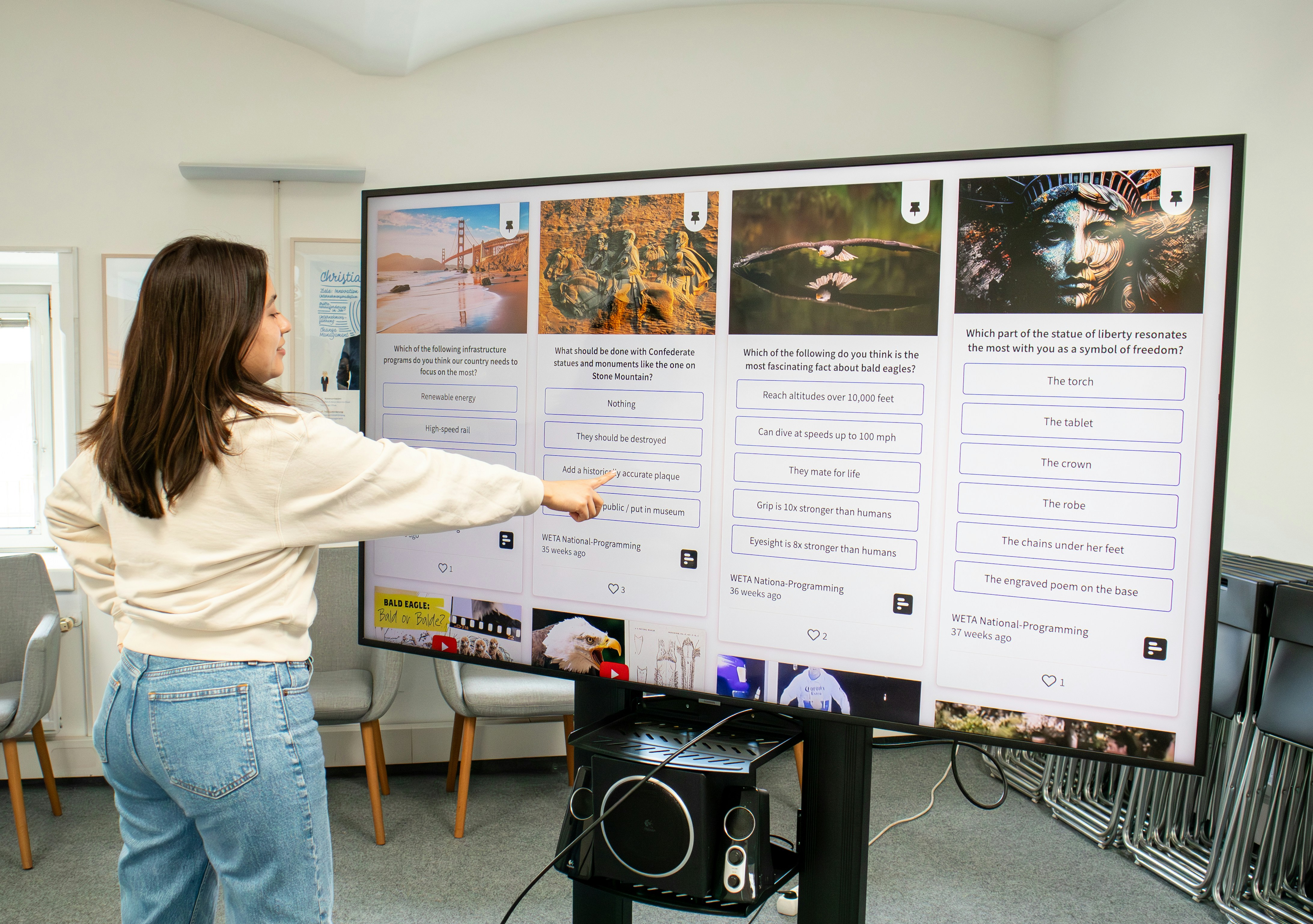In this blog post, we will break down the differences between results, KPIs, and impact, how they relate to each other, and why they are essential for effective project management and evaluation in Horizon Europe.
Results: Tangible and Intangible Achievements
Results are the direct products or achievements of a project. They can be tangible or intangible and are usually measured by the deliverables produced throughout the course of the project. These are the outputs that demonstrate the immediate contributions of your project.
Examples of results include:
-
New seagrass restoration techniques developed for coastal protection.
-
Creation of a stakeholder engagement framework aimed at improving collaboration with local authorities.
-
The development of new datasets, models, or tools designed to tackle specific challenges in the project’s field.
The key to results is that they must be measurable and directly produced by the project’s activities. These outcomes are the foundation for the KPIs and future impacts.
Key Performance Indicators (KPIs): Tracking Progress
Key Performance Indicators (KPIs) are quantifiable metrics that track the success and progress of the project toward its goals. They are important tools for monitoring whether the project is on track to meet its objectives and are often used to evaluate the effectiveness of the project activities.
KPIs are often divided into project-specific indicators and EU-wide KPIs, such as those aligned with the EU Green Deal or other overarching EU objectives. These indicators help ensure the project’s activities align with larger goals and remain effective.
Examples of KPIs include:
-
Number of hectares restored (e.g., 50 hectares of seagrass restored).
-
Stakeholder participation (e.g., 200 policymakers engaged in workshops).
-
Scientific publications (e.g., 10 peer-reviewed papers).
-
Data usage (e.g., 1,000 downloads of the project’s open-access dataset).
By tracking these KPIs, project managers can quantify progress and make adjustments as needed to ensure success.
Impact: Long-Term Effects and Broader Change
While results focus on the immediate outcomes of the project, impact refers to the long-term effects of the project. Impact is about how the results of the project will influence society, the economy, and the environment over time. It is not just about what happens during the project but how it contributes to the wider policy, industry, or societal challenges.
Horizon Europe distinguishes between short-term, medium-term, and long-term impacts, often measured through Key Impact Pathways (KIPs).
Examples of impact include:
-
Environmental Impact: Reduction of coastal erosion due to innovative restoration techniques.
-
Policy Impact: The project influencing EU biodiversity regulations.
-
Economic Impact: Growth of nature-based businesses inspired by the project’s findings.
-
Social Impact: Enhanced community resilience and new local employment opportunities in coastal regions.
The goal of Horizon Europe projects is to create lasting change that goes beyond the project’s duration. By defining and tracking impact, projects contribute to broader EU and global sustainability goals.
From Objectives to Outcomes: The Project Lifecycle
It’s important to understand how results, KPIs, and impact fit into the project lifecycle:
-
During the project’s implementation, the focus is on achieving objectives and delivering results (outputs).
-
Outcomes typically emerge shortly after the project ends, reflecting the broader application or use of the results.
-
Impacts manifest further into the future, when these outcomes contribute to long-term societal, environmental, or economic changes.
By measuring and tracking results, KPIs, and impacts effectively, Horizon Europe projects can demonstrate their value and relevance in addressing some of the most pressing challenges facing Europe and the world.
For Horizon Europe projects, it’s crucial to understand and track the progress through results, KPIs, and impact. Results show the immediate achievements, KPIs help measure progress toward the objectives, and impacts represent the long-term contributions to policy, society, and the economy. This framework ensures that projects are not only successful but also contribute to lasting, positive change in Europe and beyond.
By keeping these distinctions clear, project managers can align their activities, track their progress, and ensure that the project’s outcomes drive significant, long-term impacts.





